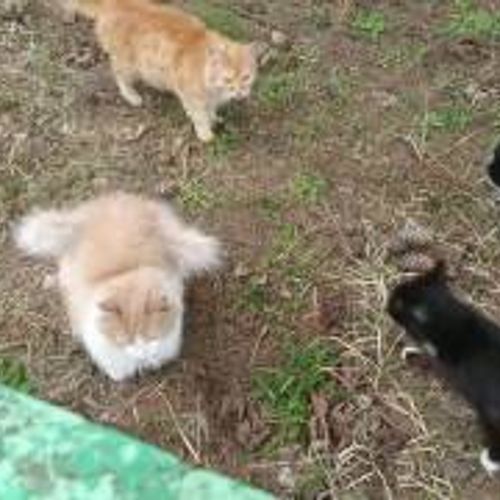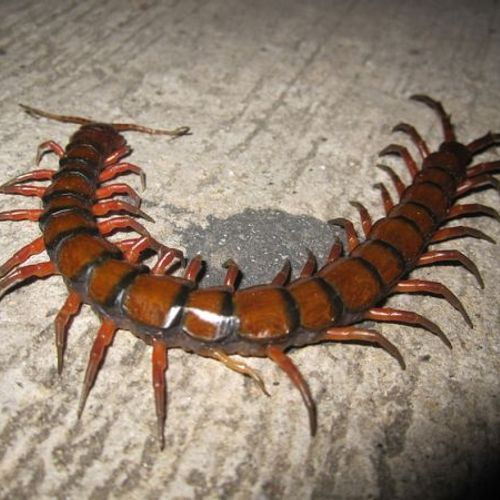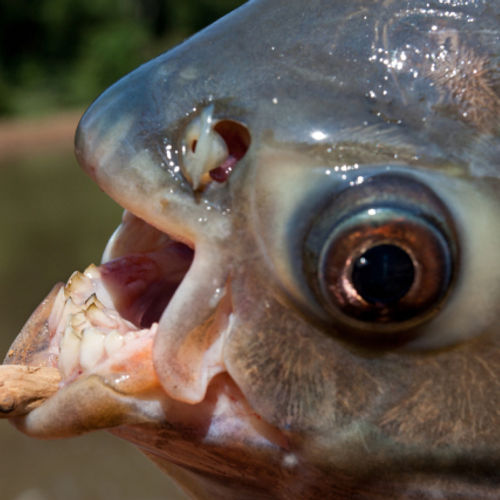
| Added | Tue, 02/01/2024 |
| Источники | |
| Дата публикации | Tue, 02/01/2024
|
| Версии |
After more than 50 years of absence of scientists, Attenborough's long-billed echidna, an unusual creature resembling a combination of a hedgehog, a mole and an anteater, was rediscovered in the Cyclops Mountains in the Indonesian province of Papua. The rare phenomenon was discovered during the Expedition Cyclops research project, in which 80 camera traps with motion sensors were installed in a remote and inhospitable region.
Named after the famous British TV presenter David Attenborough, Attenborough's long-billed echidna was first scientifically recorded by Dutch botanist Peter van Rooyen in 1961. Its characteristic appearance is due to belonging to the monotremes group, an order of oviparous organisms that separated from other mammals about 200 million years ago.
Attenborough's long-billed echidna, like its relatives, the Australian echidna and the platypus, is one of the five species of monotremes preserved on Earth. It is listed on the IUCN Red List of Threatened Species as critically endangered and has never been observed outside the Cyclops Mountains.
Previous expeditions, which took place in 2022, raised the hope of scientists when they discovered nasal passages in the soil, indicating the presence of a long-billed echidna that feeds on terrestrial insects. However, despite the installation of 80 cameras in a huge area, which had to overcome a height exceeding the height of Mount Everest, the Cyclops expedition team almost gave up after four weeks without any observations.
Fortunately, luck was on their side. On the last day of the expedition, the team extracted a memory card, which contained not only pictures, but also videos depicting a bulky and spiked echidna. To confirm her identity, a consultation was held with Professor Christopher Helgen from the Australian Museum Research Institute.
The research team worked closely with the local population, in particular with the Yongsu Sapari people, who have been living on the northern slopes of the Cyclops Mountains for 18 generations. The echidna has cultural significance for this community: the animal symbolizes the end of conflicts. Traditionally, when a dispute arises, one side looks for echidna in the mountains, and the other for marlin in the ocean. Due to the difficulty of finding both creatures, it often took decades to resolve conflicts.
The rediscovery of Attenborough's long-billed echidna highlights the importance of conservation measures to protect rare and endangered species. According to James Kempton, a biologist at the University of Oxford who led the expedition, "this amazing creature reminds us of the incredible biodiversity that still exists in our world and the urgent need to preserve it."
Новости со схожими версиями
Log in or register to post comments









